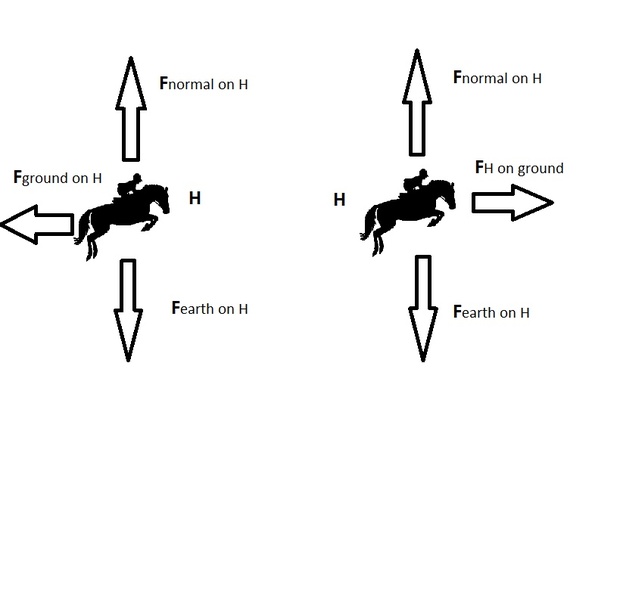
Try different shaped bottles or putting different shaped fins on the bottle to make it fly straighter.ĭivide the class into groups of 2 or 3 and allow each to design their own rocket, adding fins, a nose cone, and any other features they think will help the rocket fly further or straighter. Retire water rockets after 10 flights or sooner if you suspect damage.

Although a new bottle can withstand more pressure, never pressurize a bottle above 40 psi.

A good seal is required to pressurize the bottle.At “blast off!” the “launcher” pulls back the handle, releasing the pressure and sending the rocket into the air.Be sure not to go past 40 psi (5–6 bike pumps) as greater pressure can rupture the bottle rocket. Find two volunteers to be the “launcher” and the “pumper.” Ask both to wear safety goggles.Lift the handle on the launch pad and carefully fit the pop bottle onto the nozzle.Pour 300–400mL of water into the rocket.All observers should be at least 3–5m away from the launcher. Set up the launch pad and pump firmly on the ground, with the launcher facing away from the group and towards an open space.Review the safety measures before you begin.

Be careful not to cut into it- any holes or cracks in the bottle will make it impossible to pressurize. Add fins and a nose cone to help it fly along a straighter path. Remember that the pop bottle is upside down when it’s launched, so design it with the opening at the bottom. Instructions can be found in many online videos, or at: NASA | Water Rockets. Whichever model you choose, be sure to use pressure rated PVC tubing. There are several ways to build a launcher using standard materials from a hardware store. Make or purchase a pop bottle rocket launcher.How could we modify the soda bottles to get longer or higher flights? How could we increase the pressure in the bottles before they took off? How can we estimate or measure the speed of the rocket as it leaves the launcher? How could we measure and compare the heights of the different rockets? Would larger or smaller soda bottles go higher? scissors, tape, construction paper, foam, foil, cardstock) Materials to create fins and nose cones (e.g. Use only paper/cardboard fins, never metal.Įxplore and demonstrate the effects of action and reaction forces.Īpply their understanding of forces and their effect on objects to manipulate the flight of toy rockets.Ī pop bottle rocket launcher – made (see instructions from NASA) or purchased (from an hobby /science supply like Boreal).Watch the rocket’s entire flight to make sure it doesn’t hit anyone as it falls.Make sure that all observers know that a rocket is about to be launched–a countdown and safety zone combination work well for this. When pressurizing and launching the rocket, everyone should stand well away from the launcher.Do not pressurize the rocket past 40 psi (pounds per square inch).Every launcher should be supervised by an adult.

Rockets travel far do not do this activity indoors.Increasing the thrust (adding more pressure to the bottle) increases the acceleration. This is an illustration of Newton’s Second Law (a bigger force causes a bigger acceleration). We see the bigger acceleration as a higher flight.įlying bottle rockets is a lot of fun, but be sure to take safety precautions seriously: As the bottle pushes out the air, the air pushes the bottle upwards ( Newton’s Third Law of Motion). When the bottle is released from the launcher, air escapes the bottle.
Forces and newton ii law experiment series#
You can do this activity on its own, or follow it up with Part II and/or Part III of this series for a deeper investigation into forces and rocket flight.Ī launcher powered by a hand bicycle pump or small compressor fills a plastic pop bottle rocket with compressed air. Part I of this series of activities demonstrates how a pop bottle rocket works. In this activity, students use pop bottle rockets to learn about Newton’s Third Law of Motion and how changing the action force results in a dramatic reaction.ĢL pop bottle rockets are an excellent way to demonstrate the effects of forces on objects and provide many opportunities for observing, predicting, measuring and carrying out experiments while controlling for variables.


 0 kommentar(er)
0 kommentar(er)
